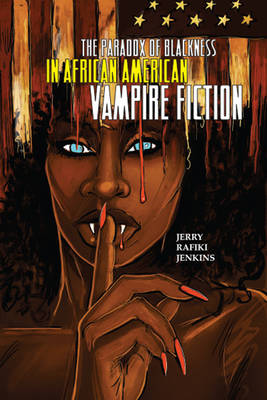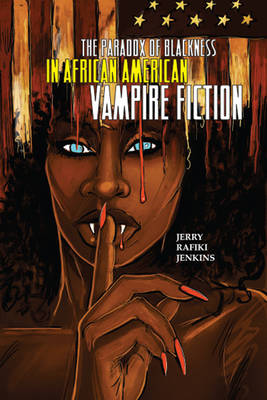
- Afhalen na 1 uur in een winkel met voorraad
- Gratis thuislevering in België vanaf € 30
- Ruim aanbod met 7 miljoen producten
- Afhalen na 1 uur in een winkel met voorraad
- Gratis thuislevering in België vanaf € 30
- Ruim aanbod met 7 miljoen producten
Zoeken
The Paradox of Blackness in African American Vampire Fiction
Jerry Rafiki Jenkins
€ 55,95
+ 111 punten
Uitvoering
Omschrijving
One of the first books to examine representations of black vampires exclusively, The Paradox of Blackness in African American Vampire Fiction not only refutes the tacit assumption that there is a lack of quality African American vampire fiction worthy of study or reading but also proposes that the black vampires help to answer an important question: Is there more to being black than having a black body? As symbols of immortality, the black vampires in Jewelle Gomez's The Gilda Stories, Tananarive Due's My Soul to Keep, Brandon Massey's Dark Corner, Octavia Butler's Fledgling, and K. Murry Johnson's Image of Emeralds and Chocolate help to identify not only the notions of blackness that should be kept alive or resurrected in the African American community for the twenty-first century but also the notions of blackness that should die or remain dead.
Specificaties
Betrokkenen
- Auteur(s):
- Uitgeverij:
Inhoud
- Aantal bladzijden:
- 212
- Taal:
- Engels
- Reeks:
Eigenschappen
- Productcode (EAN):
- 9780814255346
- Verschijningsdatum:
- 18/07/2019
- Uitvoering:
- Paperback
- Formaat:
- Trade paperback (VS)
- Afmetingen:
- 152 mm x 229 mm
- Gewicht:
- 317 g

Alleen bij Standaard Boekhandel
+ 111 punten op je klantenkaart van Standaard Boekhandel
Beoordelingen
We publiceren alleen reviews die voldoen aan de voorwaarden voor reviews. Bekijk onze voorwaarden voor reviews.








